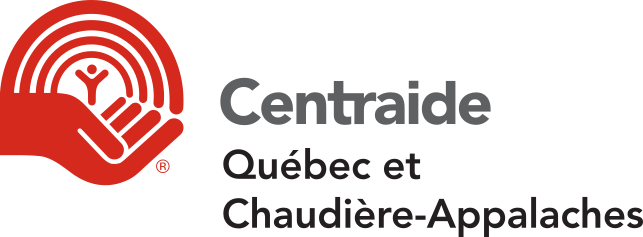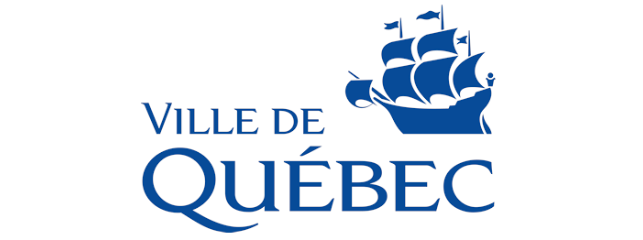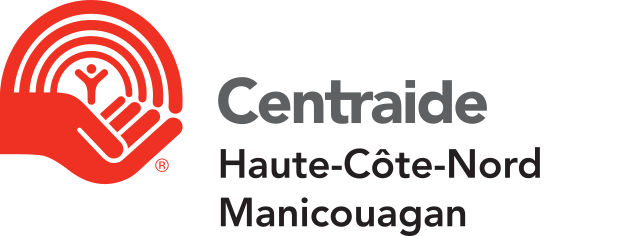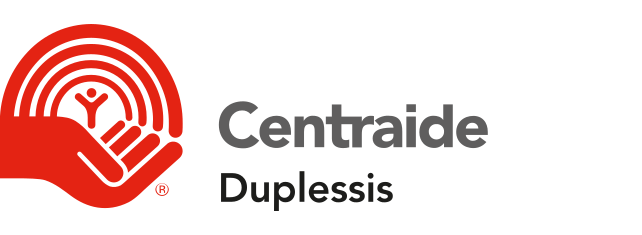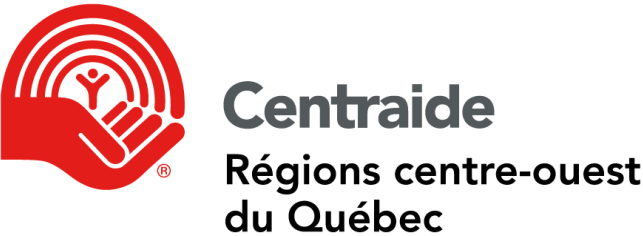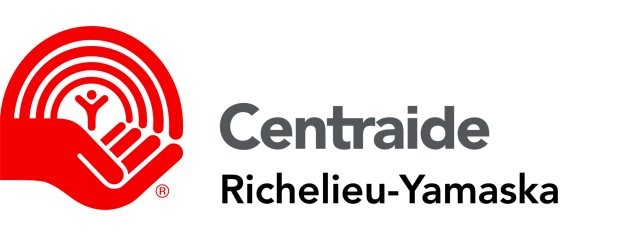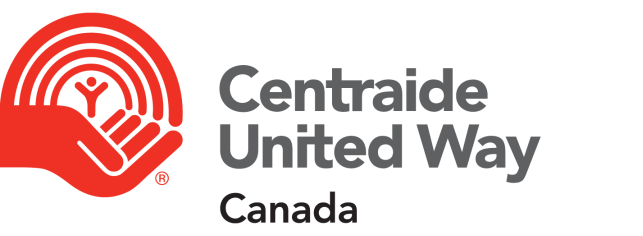[ Browse by Service Category : Environment and Public Health/Safety : Sub-Topics of Public Health (247) ]
Public Health Information/Inspection/Remediation
Programs that protect the public from unhealthful or unsanitary environmental conditions by establishing and enforcing health codes and regulations; taking and responding to complaints or reports regarding environmental hazards that pose a threat to public health or the environment; providing general information about environmental pollutants that constitute public health hazards; inspecting homes, public buildings, restaurants and other food facilities, and other property for compliance with health standards; cleaning up environmental hazards, when necessary; and/or initiating litigation against individuals and organizations who consistently have failed to comply with regulations, when warranted.
Public Health Nursing
Programs that protect and improve the health of the community through the use of public health nurses whose services are available through departments of public health, schools and voluntary agencies, typically in connection with medical programs supervised by physicians. Activities may include home visits to provide nursing under medical supervision for acutely ill patients and people who are chronically ill; outreach to populations who may not seek out health care through a traditional medical facility; support for physicians in public health clinics and disease detection programs; first aid and screening programs for school children; nutrition counselling; family planning information and a wide range of health education and prevention programs for the community at large which deal with personal health practices that can help to prevent illness.
Communicable Disease Control
Programs that protect the public health through comprehensive efforts to track the incidence and distribution of disease in the population and prevent, control and eradicate vaccine-preventable diseases, vector and food-borne illnesses, diseases that are transmitted person-to-person and other diseases that are spread by direct or indirect contact. Activities include routine surveillance of communicable disease activity, assessment of the community immunization level through school records and immunization studies, investigation of epidemic outbreaks, reporting of cases of infectious diseases to the proper authorities and taking appropriate measures such as isolation and contact tracing/notification to prevent disease transmission.
[ Sub-Topics | View Programs and Services (9) | Related Topics ]
Occupational Health and Safety
Programs that promote safe and healthy work environments which protect working people from illness and injury and ensure that risks to health and safety in the workplace (such as exposure to toxic chemicals, biological agents, excessive noise or vibration levels, ionizing radiation, mechanical dangers, heat, cold, work-related stress or unsanitary conditions) are identified and assessed, then eliminated or controlled. Activities may include occupational illness and injury surveillance studies; enforcement of laws that establish health and safety standards for the workplace which seek to eliminate or minimize the incidence of employment-related personal illness, injury or death of workers; education programs and consultation services for employers and employees that address overall health and safety issues as well as specific workplace risk factors; and development and implementation of effective on-site workplace health and safety programs which include policies and procedures, instruction and supervision of workers, reporting and investigation of incidents, workplace inspections, and strong management support and worker participation.
The above terms and definitions are part of the Taxonomy of Human Services, used here by permission of INFO LINE of Los Angeles.

